If there’s one thing Pilates is known for, it’s the way it develops a strong core.
The Pilates method can build strength that you never knew was possible, but it’s not as simple as just doing the exercises and calling it a day. The real results come from learning how to properly engage your core muscles and also understanding what your core muscles actually are.
Many people think the core = abs, but the abdominal muscles are only one part of the picture.

In the words of Dr. Eric Goodman:
The pelvis is where your body is built to have the most stability, therefore any muscle that directly connects to the pelvis should be considered a piece of your core. The pelvis, the center of your body’s stability, is anchored and balanced by the tissue immediately surrounding it. Your athletic ability, flexibility, and strength are all dependent on a powerful pelvis.
In order to most effectively stabilize your pelvis, you need to take an integrated approach at strengthening all of the muscles surrounding it. The days of the abs and obliques are long gone, it’s time to look at the core in a more complete way.
The core muscles include:
- Glute muscle groups
- Adductor muscle groups
- Lower back muscles
- Muscles of the abdomen and hip flexors (this includes the pelvic floor)
- The transverse abdominis (commonly referred to as the TA or TVA)
I could certainly do a post on each of these muscle groups but today, I want to address how to engage your core in a way that activates the abdominal muscles, but does not put unnecessary pressure on the pelvic floor.
Tips for engaging your abdominal muscles without putting pressure on your pelvic floor:
- Find your muscles first.
- Practice engaging the transverse abdominis and pelvic floor while lying on your mat. No crunches, no sit ups, just lie on your mat and practice. If you’re new to Pilates or have recently been pregnant, be patient with yourself. There is a mind to muscle connection that takes time to develop.
- Engage the TA.
- Sucking in your belly is not the proper way to engage your core. When you suck in, you send pressure up and pressure down. Pressure down pushes on the pelvic floor muscles- which can cause a whole host of problems. Instead, focus on your “TA” – a deep core muscle that acts as a corset. When you imagine drawing the TA in from 360 degrees, the trunk is stabilized and the entire core system becomes stronger. (Click here for a step-by-step video tutorial on how to engage your core).
- Lift the pelvic floor.
- As you gently engage or “wrap” the TA, you also want to imagine lifting the pelvic floor. This is why you often hear the cue “up and in” during a Pilates class. The best analogy I’ve heard is to imagine that you’re drinking a smoothie through a straw in your vaginal muscles (thanks Wendy!). Kind of weird I know, but it helps!
- Maintain proper alignment.
- Perhaps the biggest mistake I see people making is that they’re working their “abs” but they are not focusing on the rest of the body. If your body is out of alignment, you cannot work your muscles in an effective way. The position of your shoulders affects the position of your ribs. The position of your ribs affects the position of your pelvis. The position of your pelvis affects the way you engage your muscles. It’s ALL connected so maintaining proper alignment will help you to engage your abdominal and pelvic floor muscles in the most effective way.
As you can see, the days of simple sit-ups are long gone. But this is GOOD news – because by learning how to engage your core muscles, specifically the transverse abdominis and pelvic floor, you’ll see quicker and better results. What’s not to love?
xo,


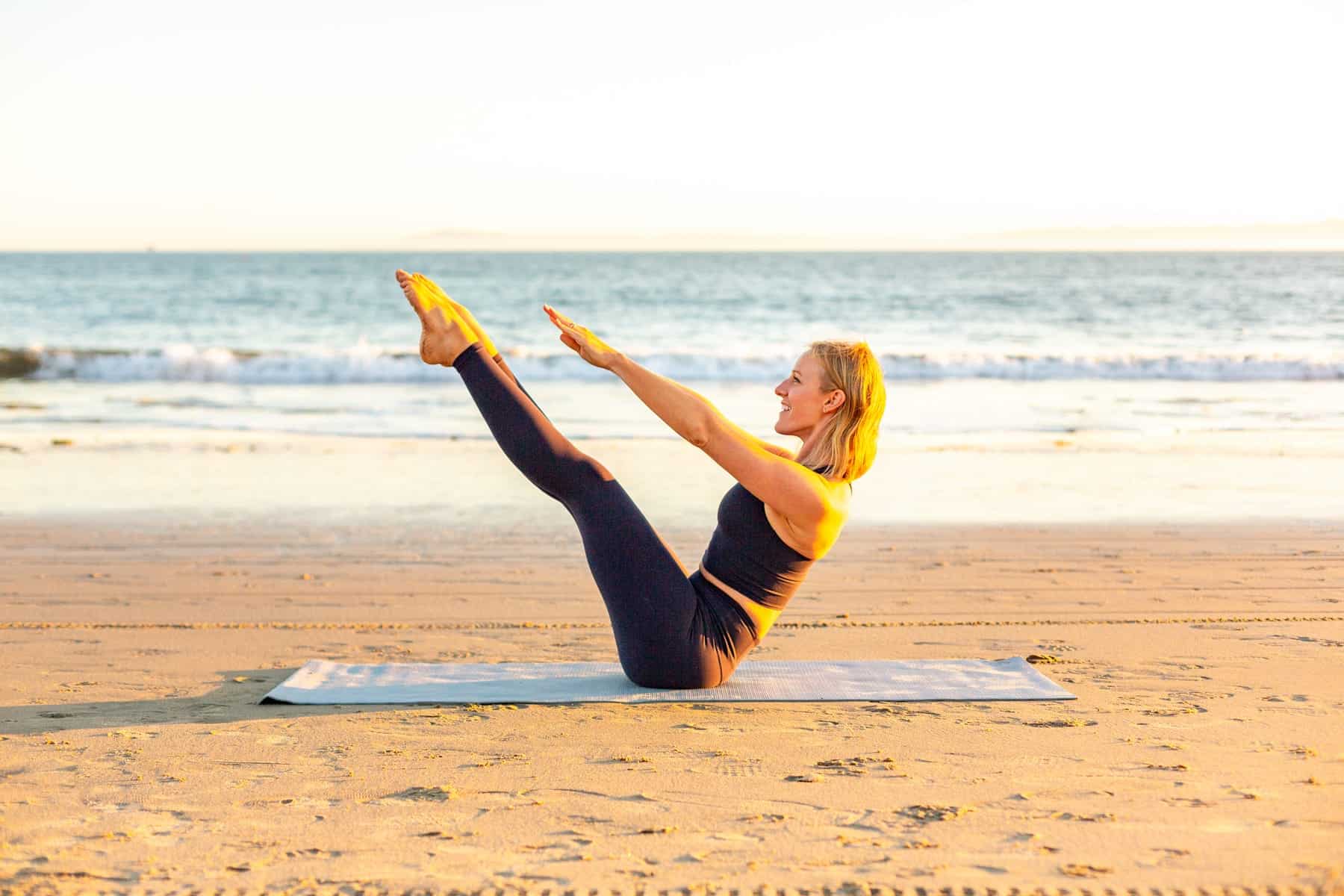
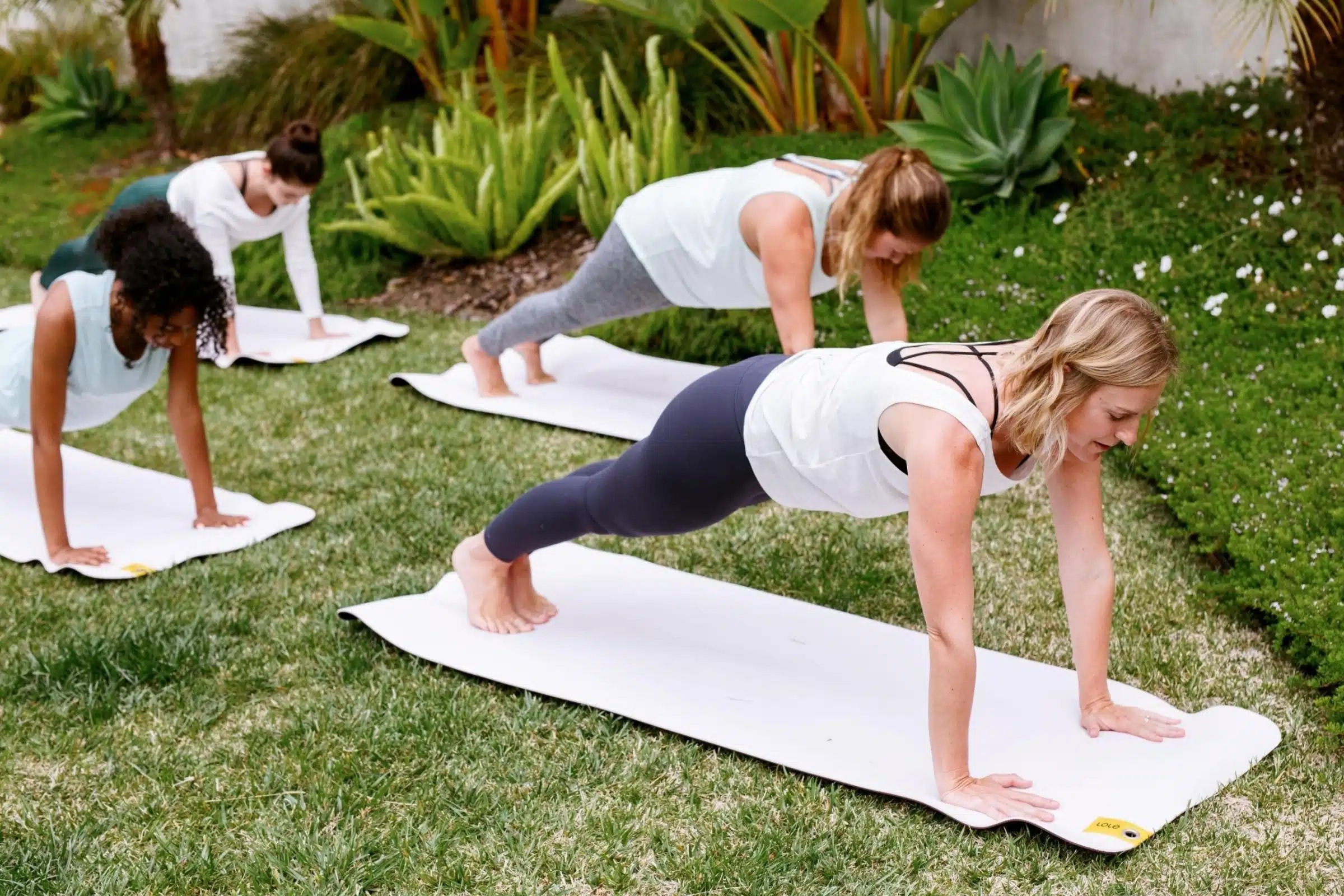

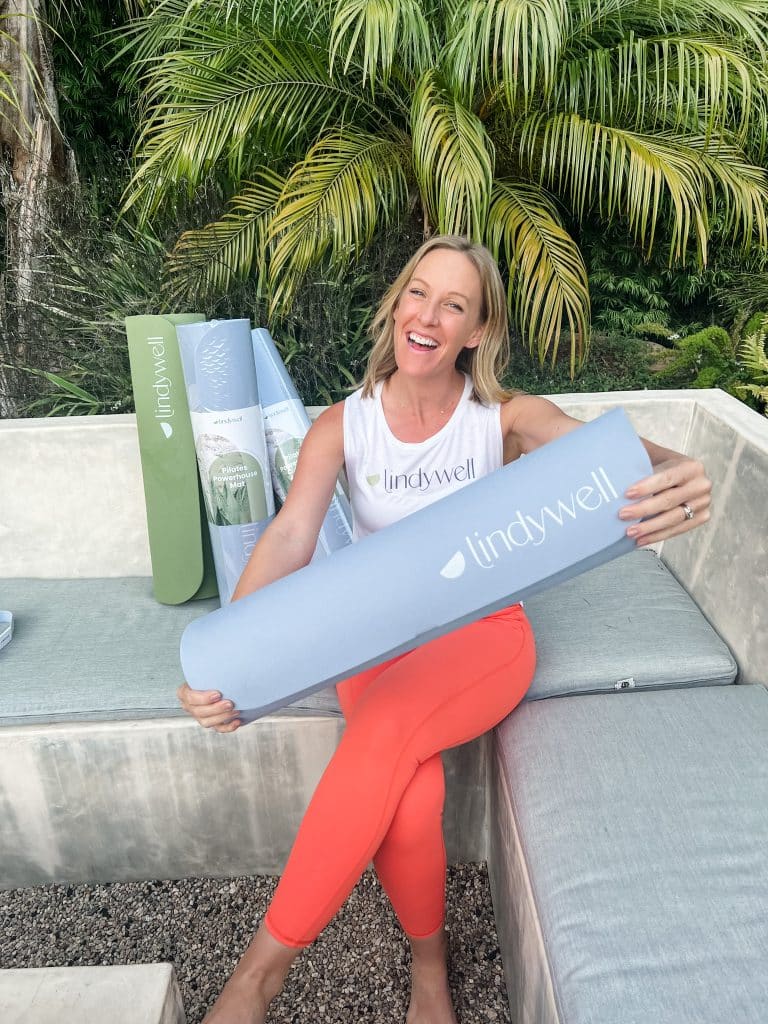
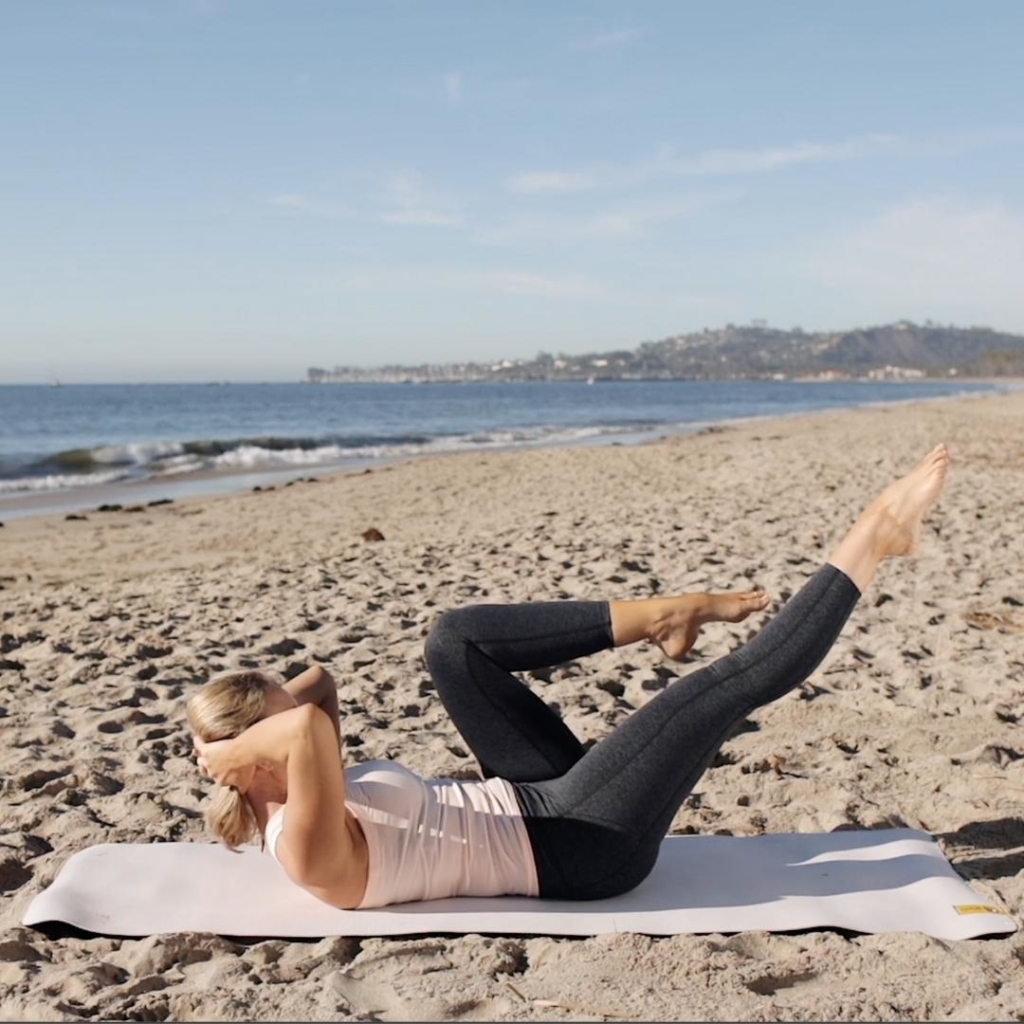
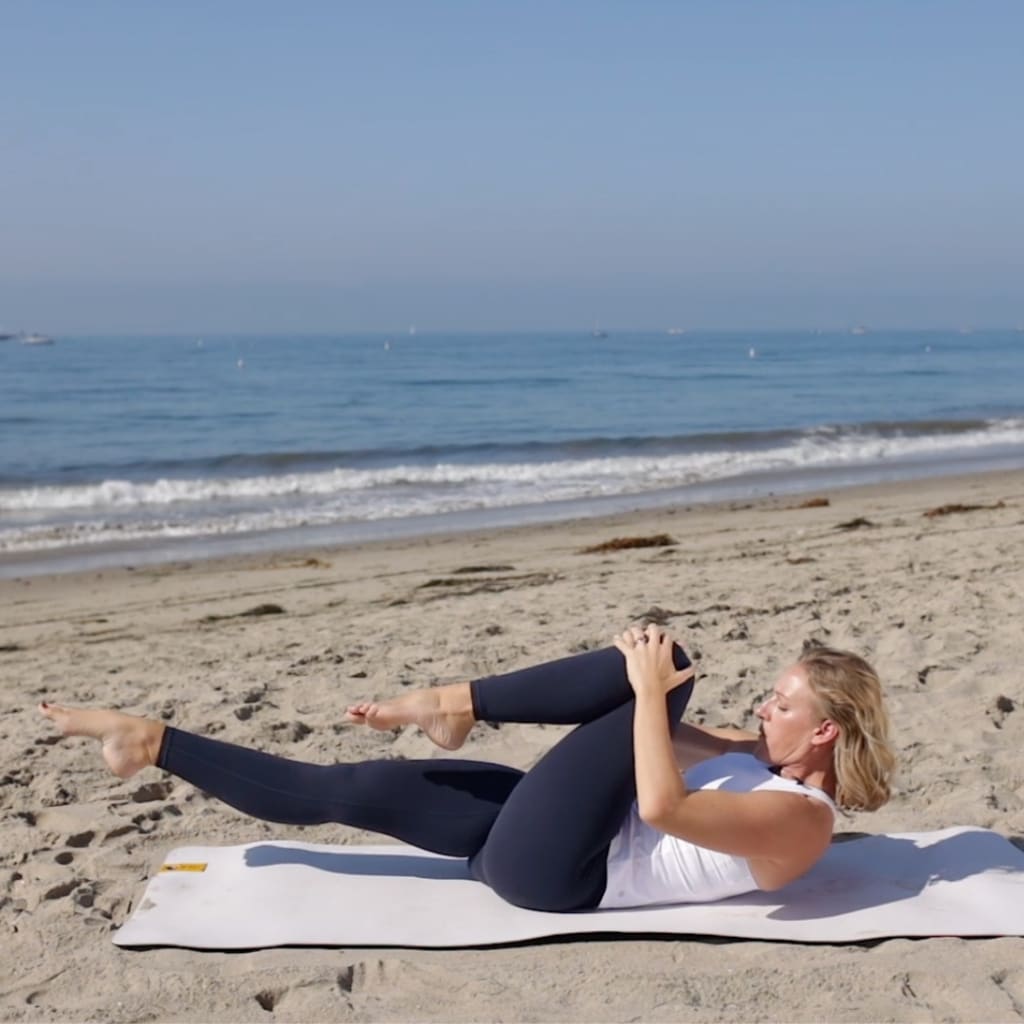
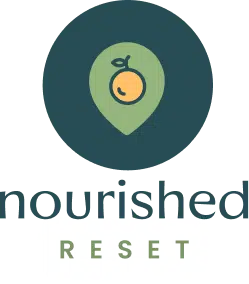


10 thoughts on “How To Engage Your Core”
I’ve been out of whack for a few weeks–not aligned properly and in pain. This blog post is incredible and helpful. Thank you. It’ll help me get back on track. I’ve had hip, back, and glute pain (good ol’ piriformis) so I saw this and got excited as it’ll help me strengthen those areas. Thank you <3
After months and months of trying to focus on the TA, to strengthen it and lessen the him flexor gripping and screaming, I finally today figured it out! In the Pilates beginner series you had us feel in the pelvic area with a cough or laugh the TA engaging. So, I assumed that keeping that area engaged would solve the gripping, however, I was completely missing the engagement of the ‘corset’ tightening! I was concentrating far too low. Today, I focused far more on the mid section, and tightening the corset, as I finally figured it out, and my workout was awesome!!!! I am far stronger than I realized, and the hip flexor issue, almost non existent! I’m so happy!!! My NSV!
YES! This is awesome Nancy!! And exactly how Pilates works…you just keep doing the work and you will continue to learn more and more about your body and continue to work deeper and more effectively. Great job!
hello- I tried to order Pilates for Beginners but it didn’t work. please advise. thanks, Rick
Hi Rick! You can find the full Pilates for Beginners Series on Robin’s YouTube Channel, here: https://www.youtube.com/user/TBLwithRobinLong 🙂
Thank you for this!! I needed a new way of approaching my core. I was 360 in thought, but working from the outside in instead of the inside out!!! I feel stronger and taller already!!
That’s great Amber! Way to go! 🙂
Excellent website. A lot of useful info here. I am sending it to some friends ans additionally sharing in delicious.
And certainly, thanks on your effort!
I cannot wait to get started with the Pilates challenge on September 9th. I was an avid pilates person for years until my health declines….now 7 years later I am well again and ready to get strong. I am having a hard time getting started on my own so this is the perfect gig for me.
Thank you for this great opportunity.
Karen
Glad you are joining us Karen!